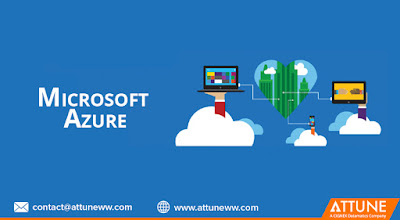Corporate Training has begun to be recognised as a necessity in almost every business organisation today keeping in mind the benefits it brings. The need for it was felt after fast-paced changes began occurring in industry and businesses which in turn kept throwing up new technology challenges over the way tasks and processes were carried out. Employees needed to be reoriented to the changing scenario and that needed training and some re-skilling.
Changing tech scenario, plugging skill gaps
Recent studies suggest that companies that offer comprehensive training programs have 218% higher income per employee than companies that don’t prioritise it. And understandably, such companies also enjoy a 24% higher profit growth. A large part of employee training in driven by the need to familiarise staff with new technology that a firm has introduced or when new methods of doing stuff have been devised. The fast pace at which new technology is being introduced the world over needs to be quickly incorporated into the company’s processes with the aim of increasing efficiency. This is where training helps employees pick up new skills and/or sharpen existing.
Boosting bottom line
That apart, companies have also began to realise that investing in training and development of employees – their most valuable asset – improves their work ability and widens their potential, thereby boosting productivity.
Low attrition, high loyalty
Corporate training and development positively impacts employee output and behaviour in several ways. For one, it reduces the attrition rate in that the staff who have received on-job training are more likely to be loyal and stay with the company. Studies show that such staff also experience increased job satisfaction. Increase in employees’ motivation levels leads to higher productivity and enhanced profitability.
Profitable trade-off
By training employees, companies are actually optimising their own financial and other resources. The right kind of online or on-site training increases employees’ skills and knowledge, which allows spending less on supervision etc. The thing to learn here is -- investing time and money in employees pays dividends to both, the employer and employee, and strengthens their relationship.









